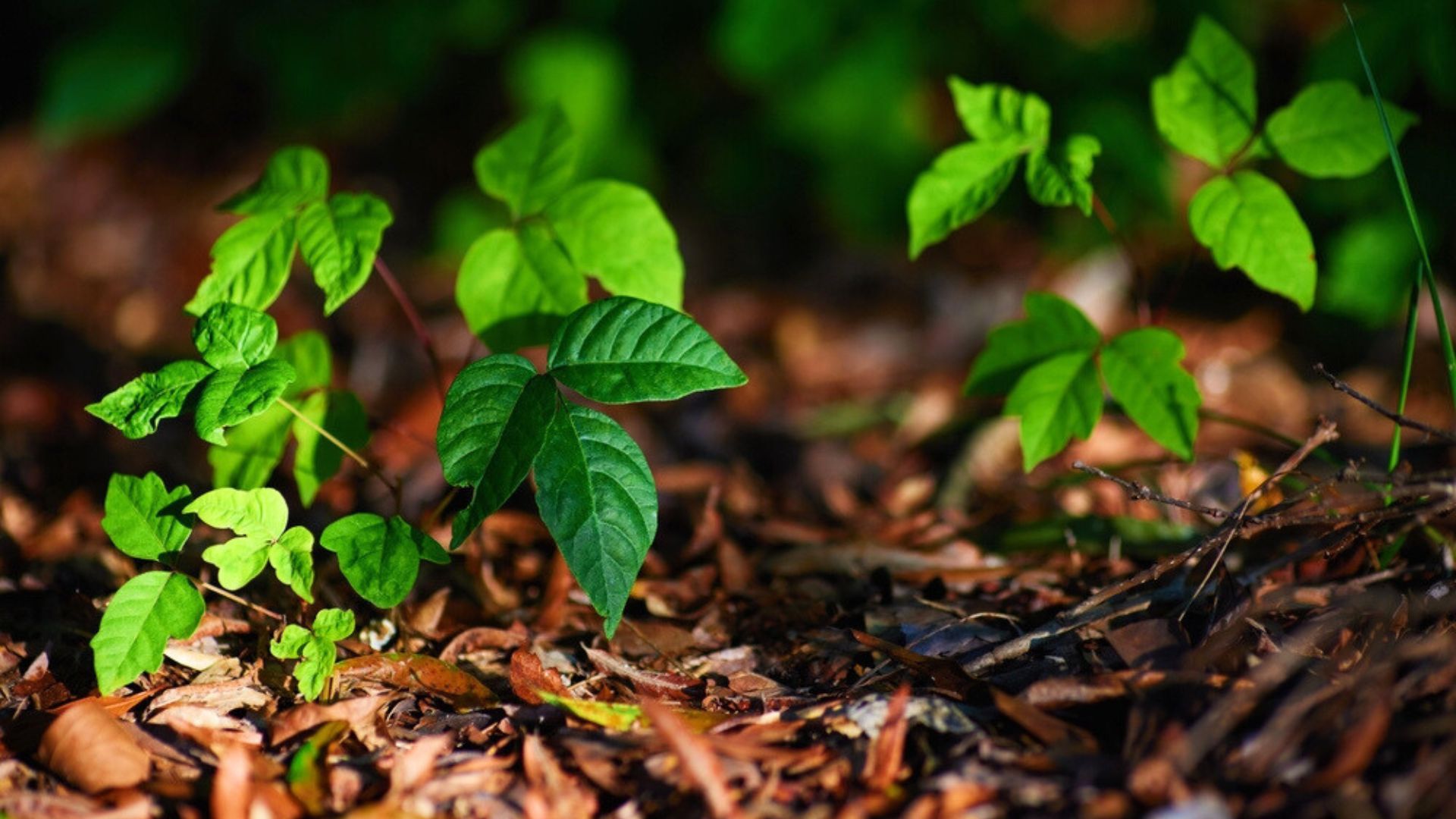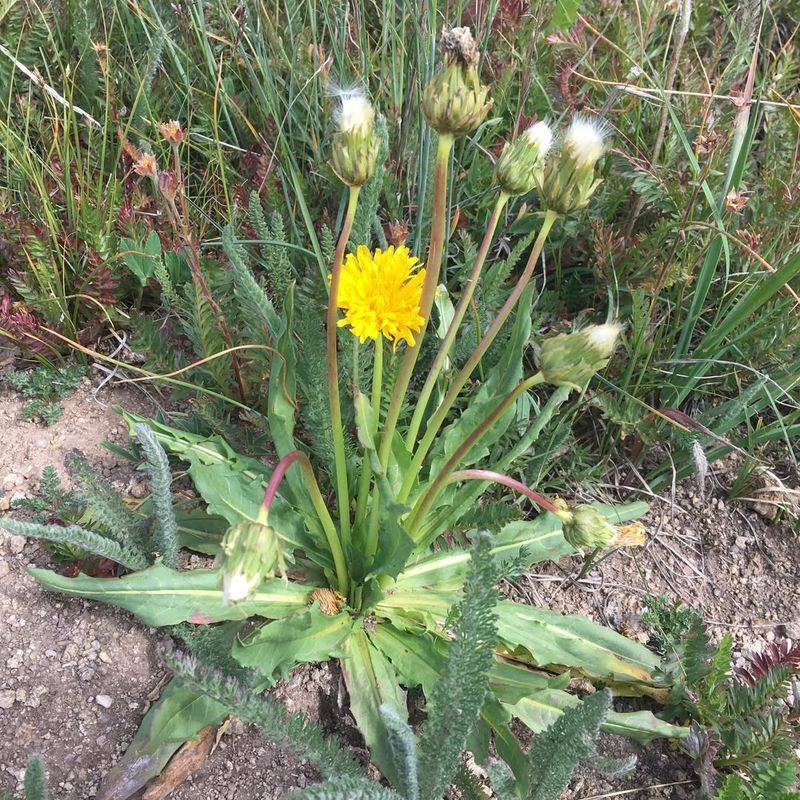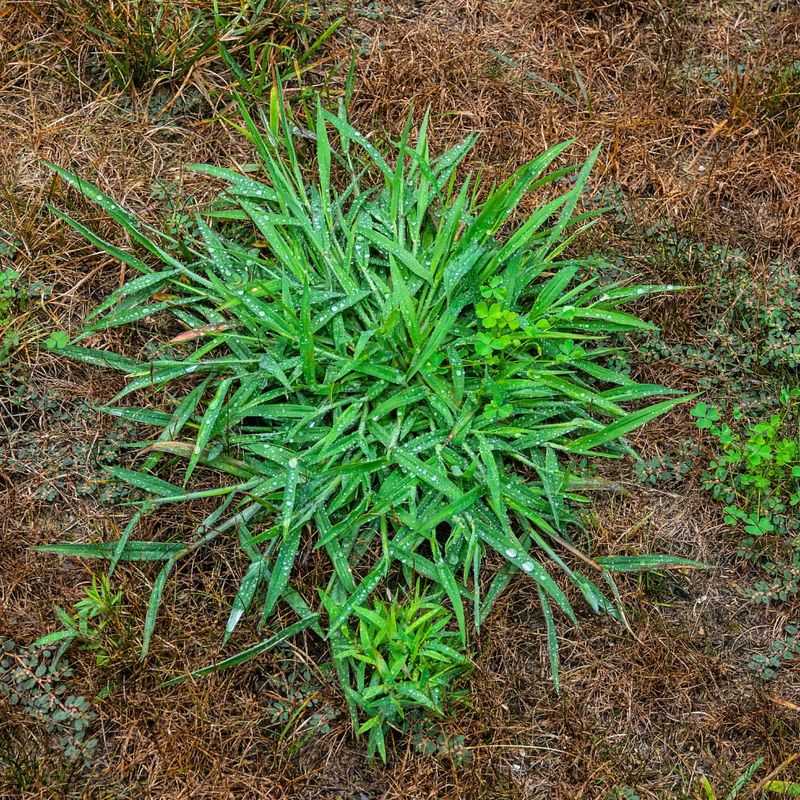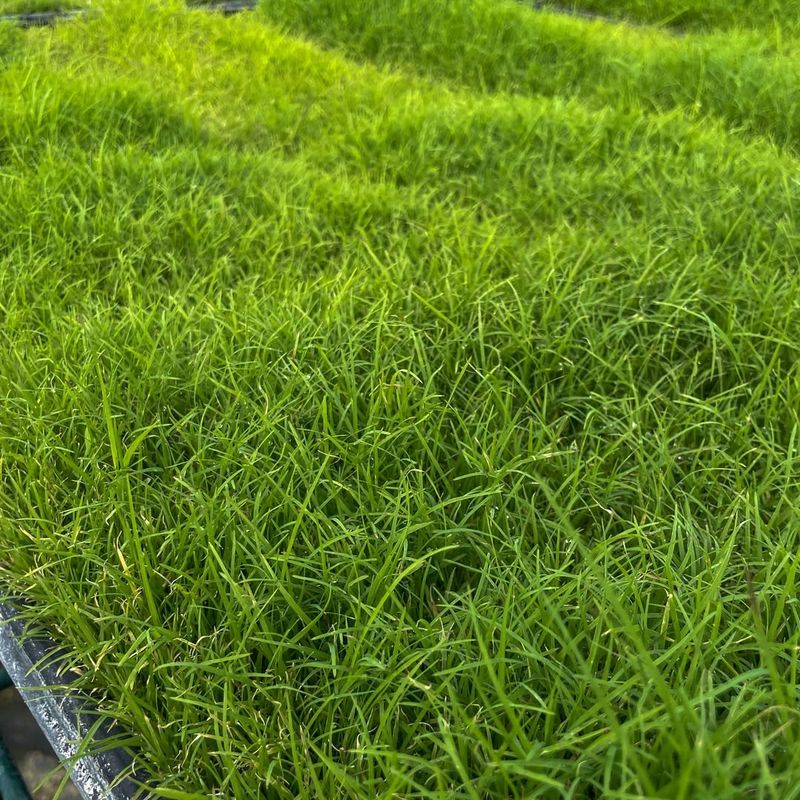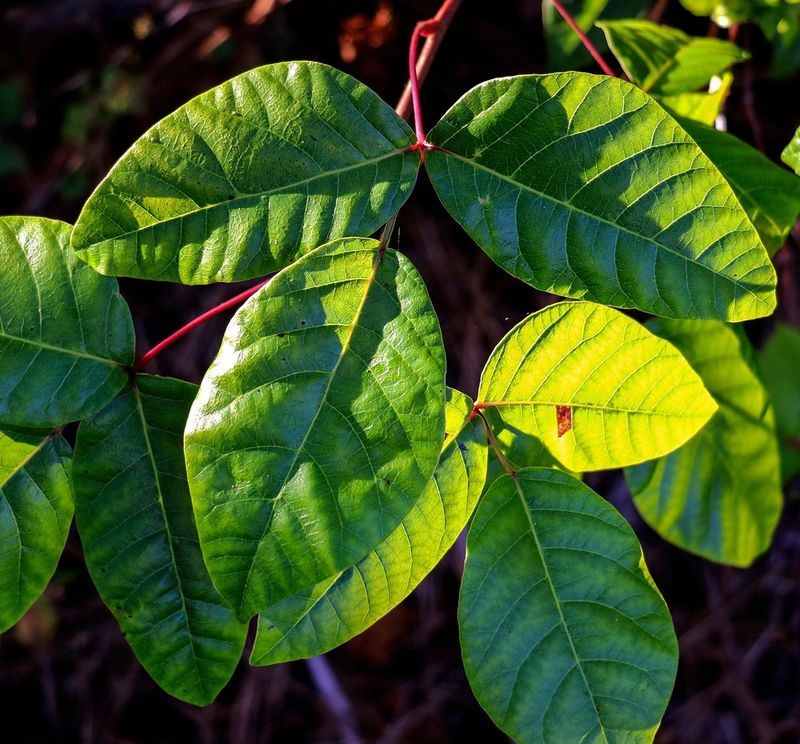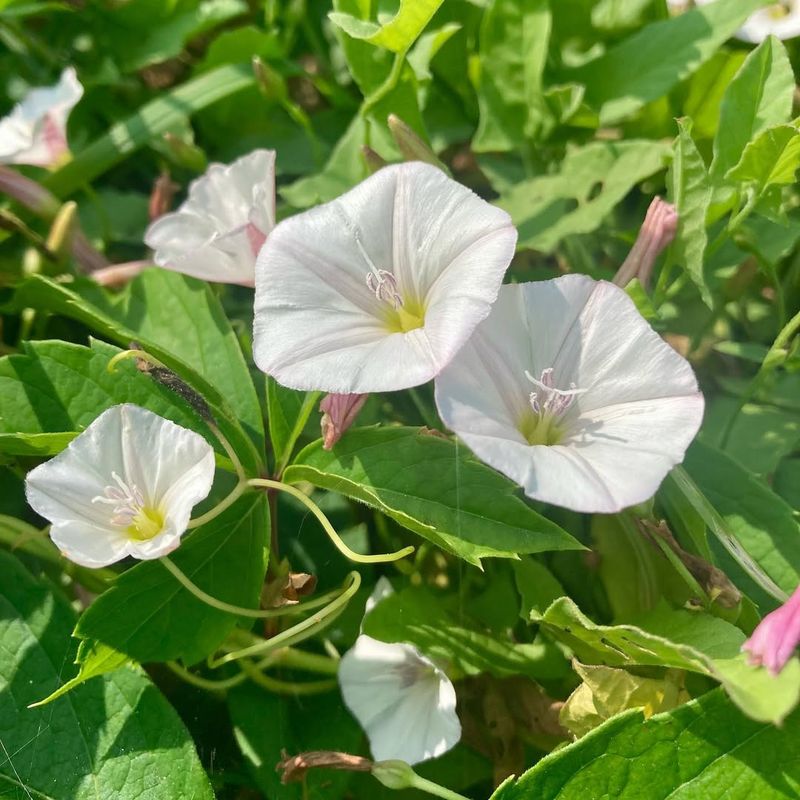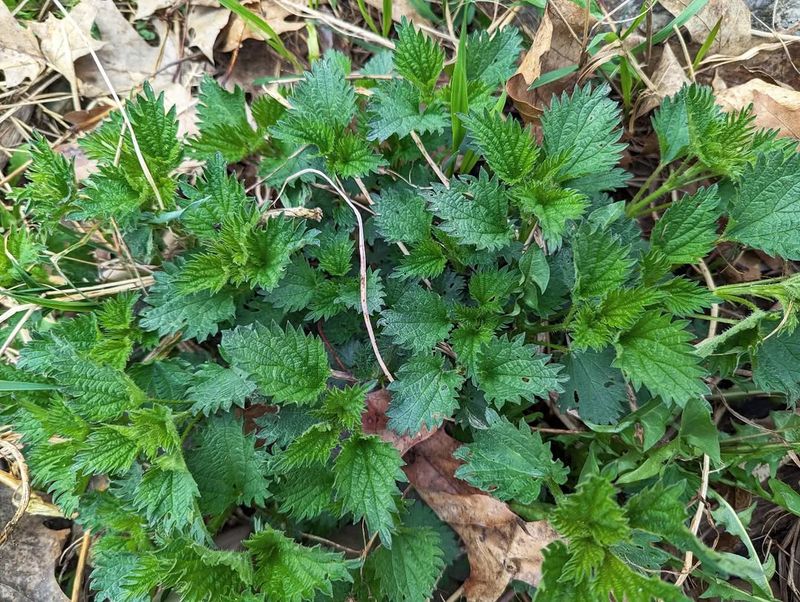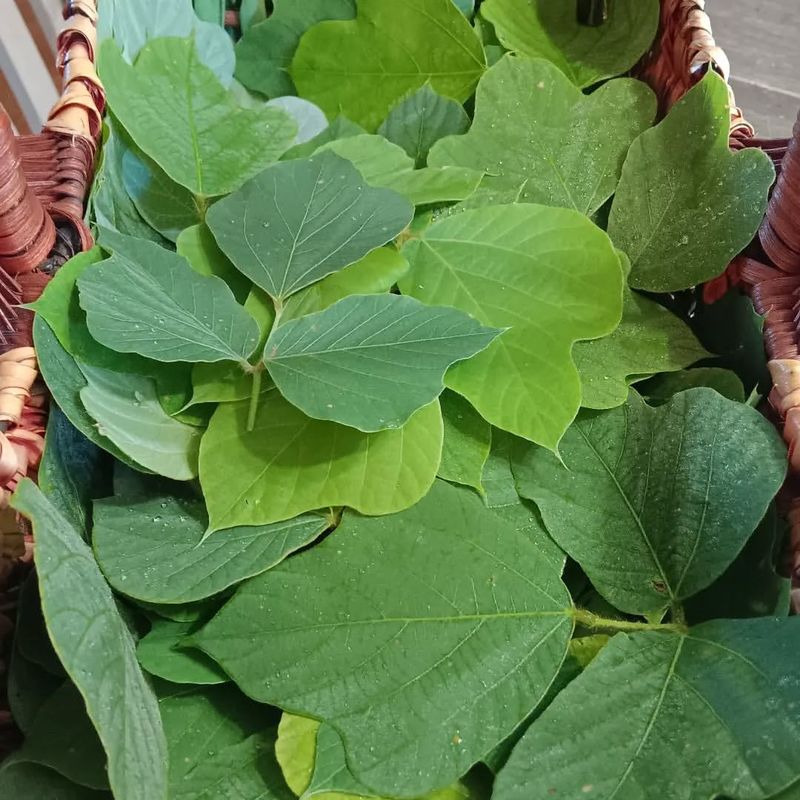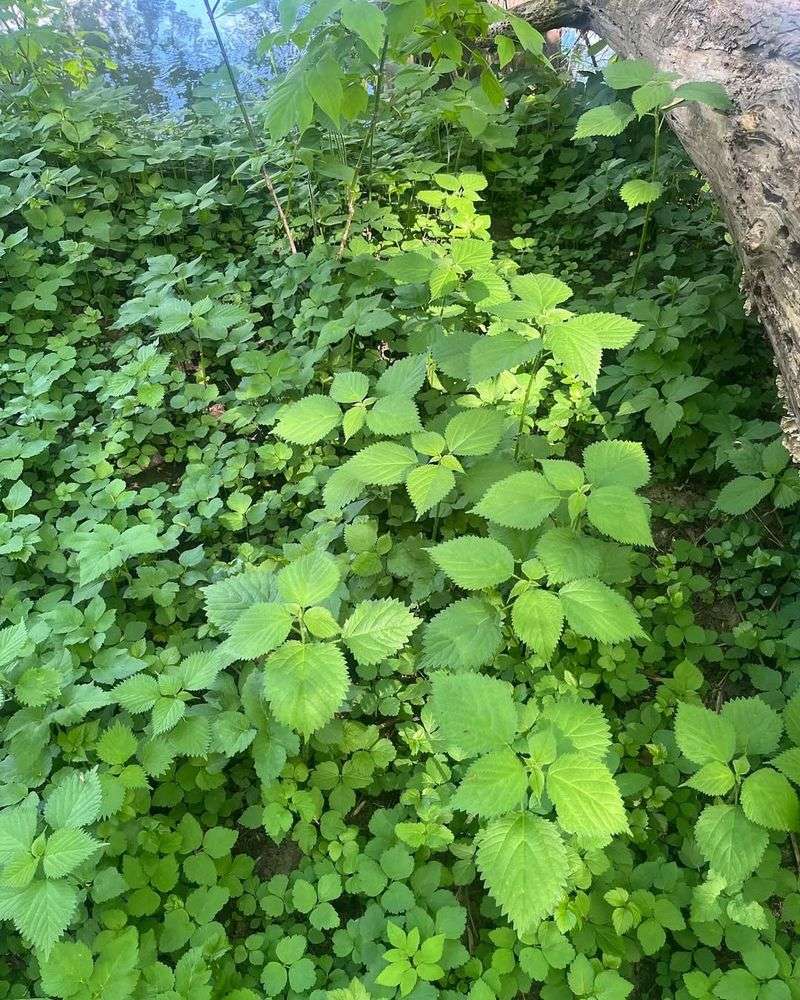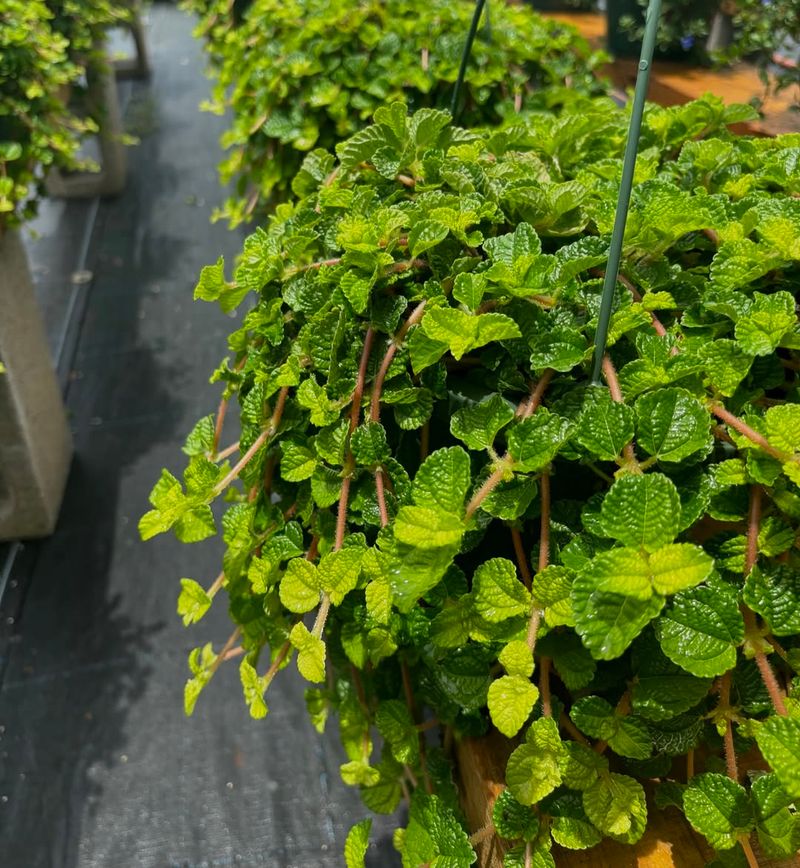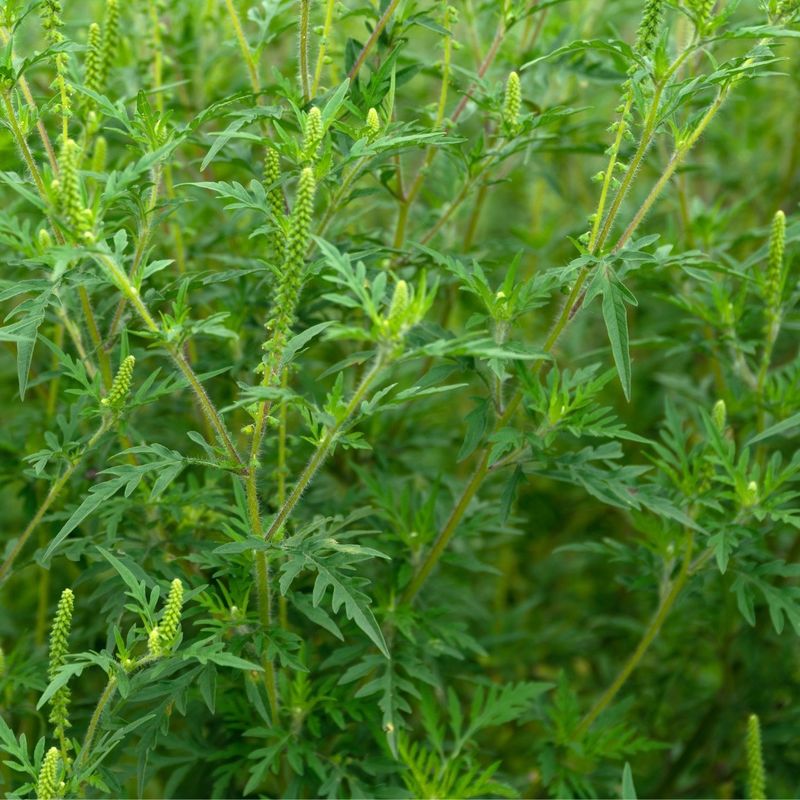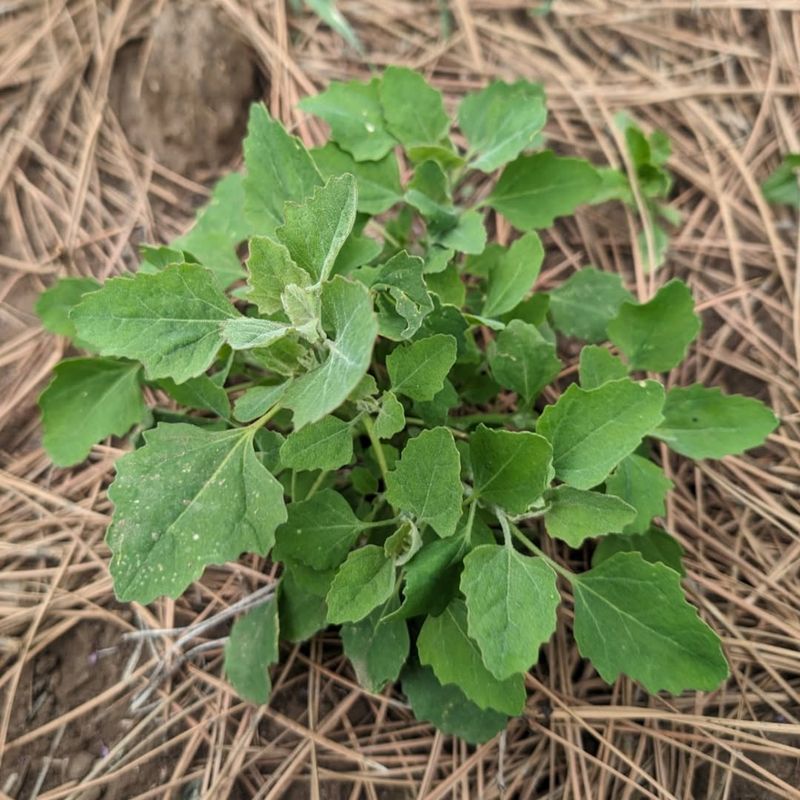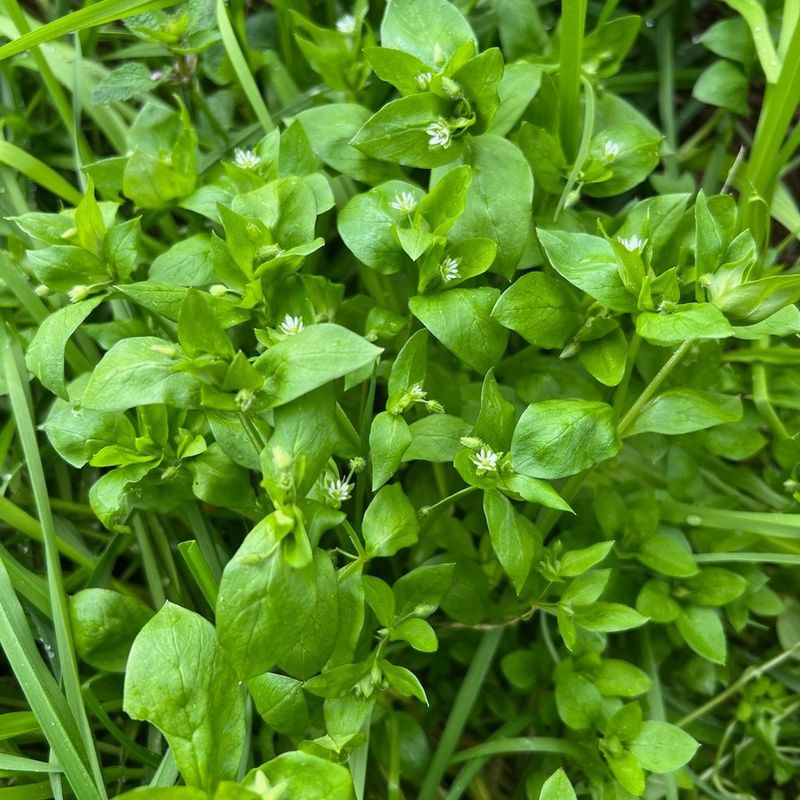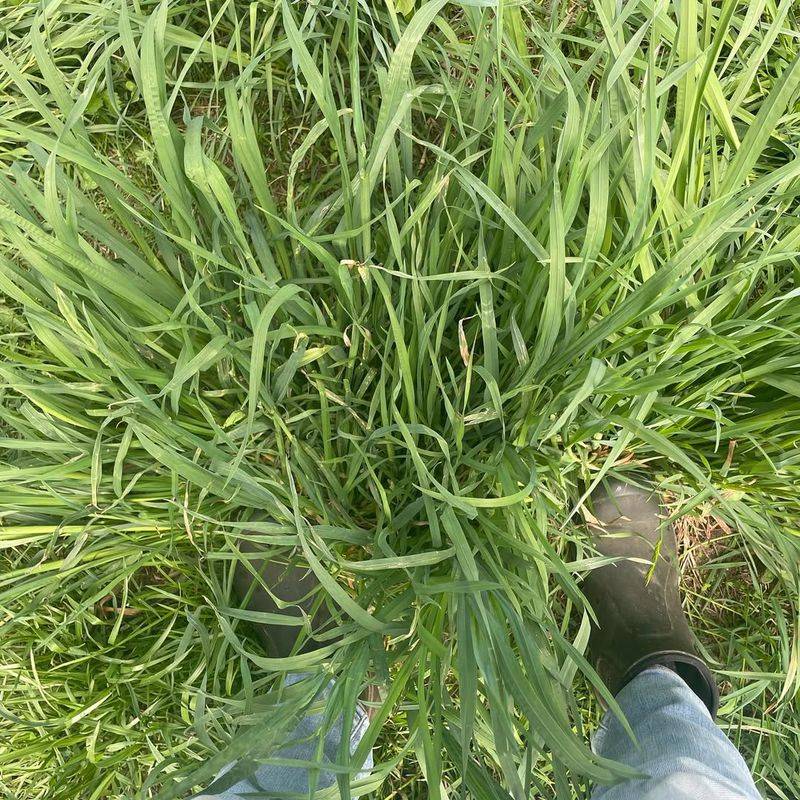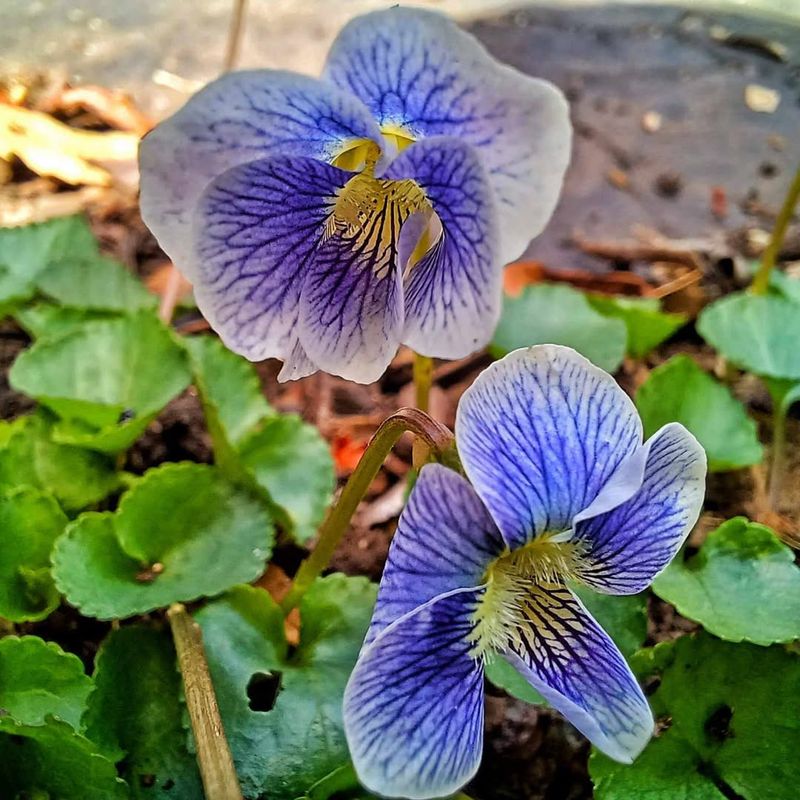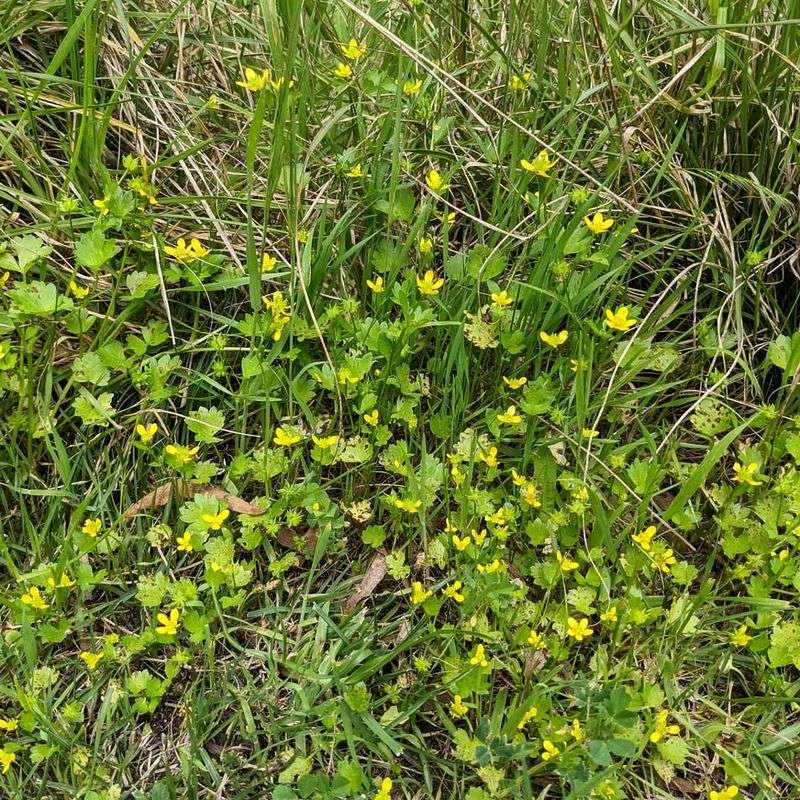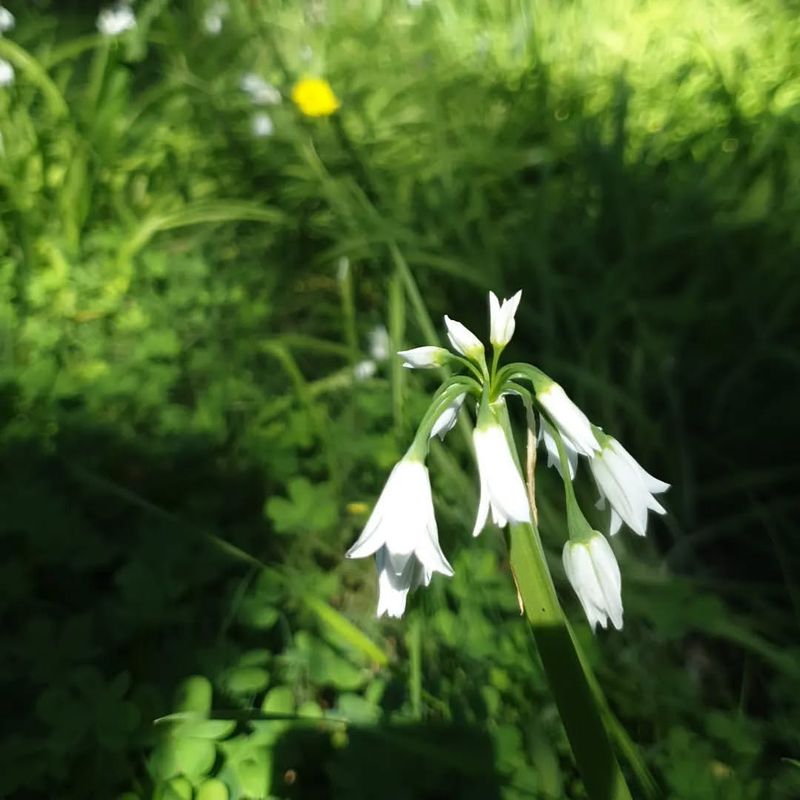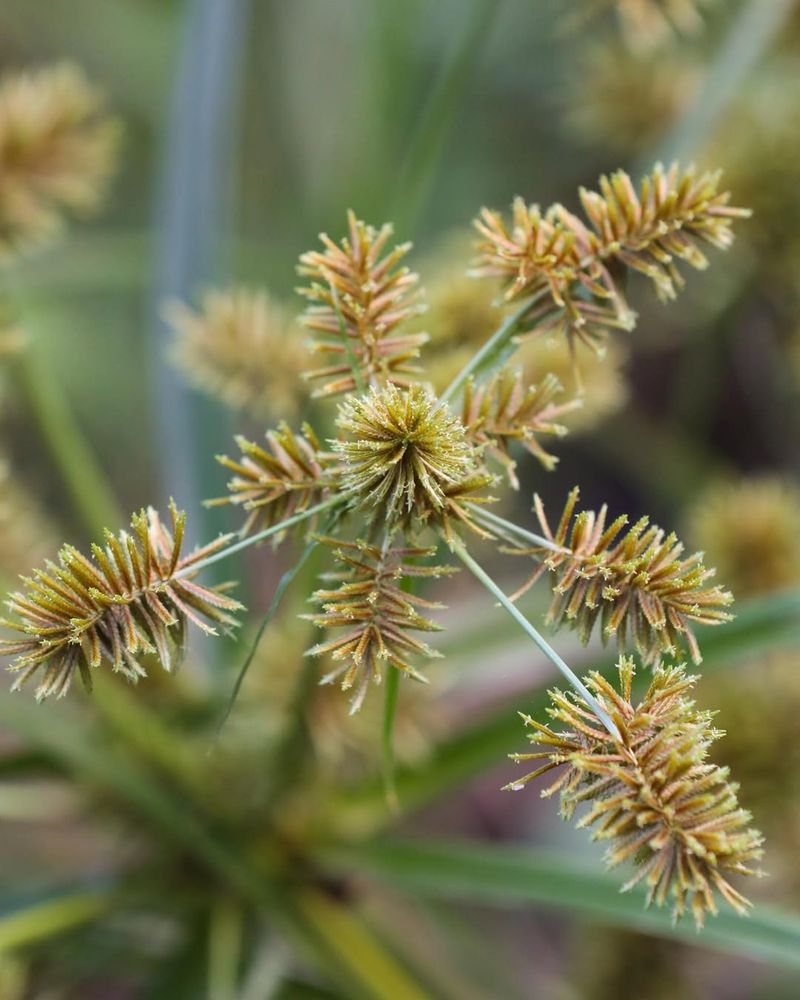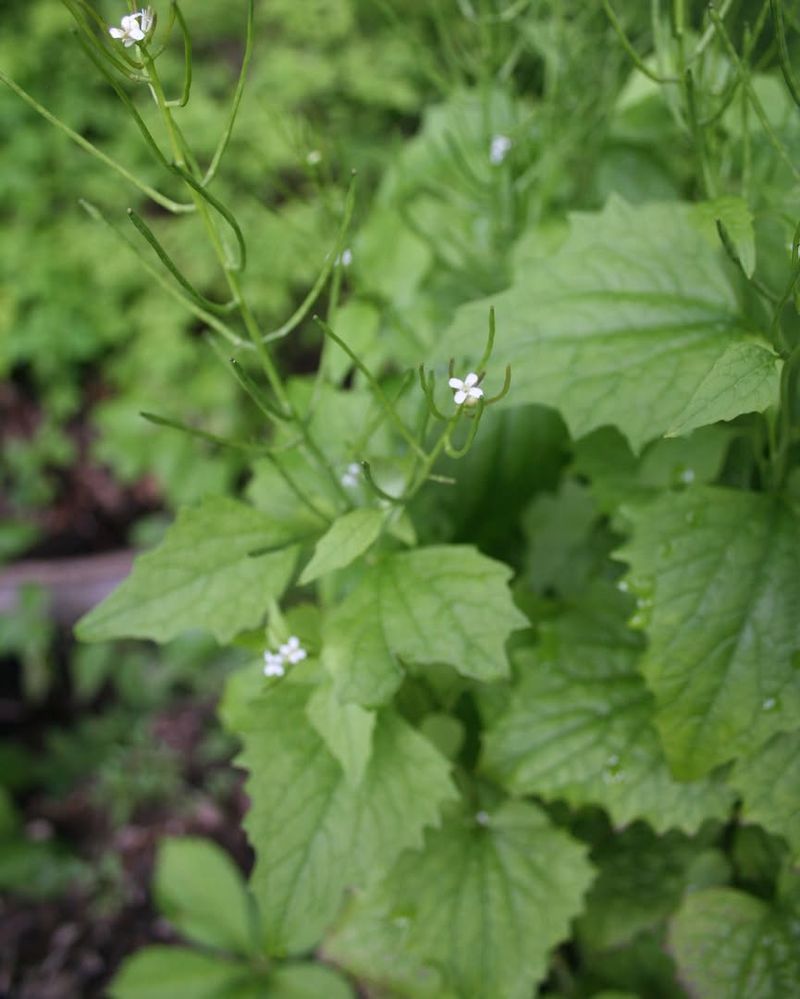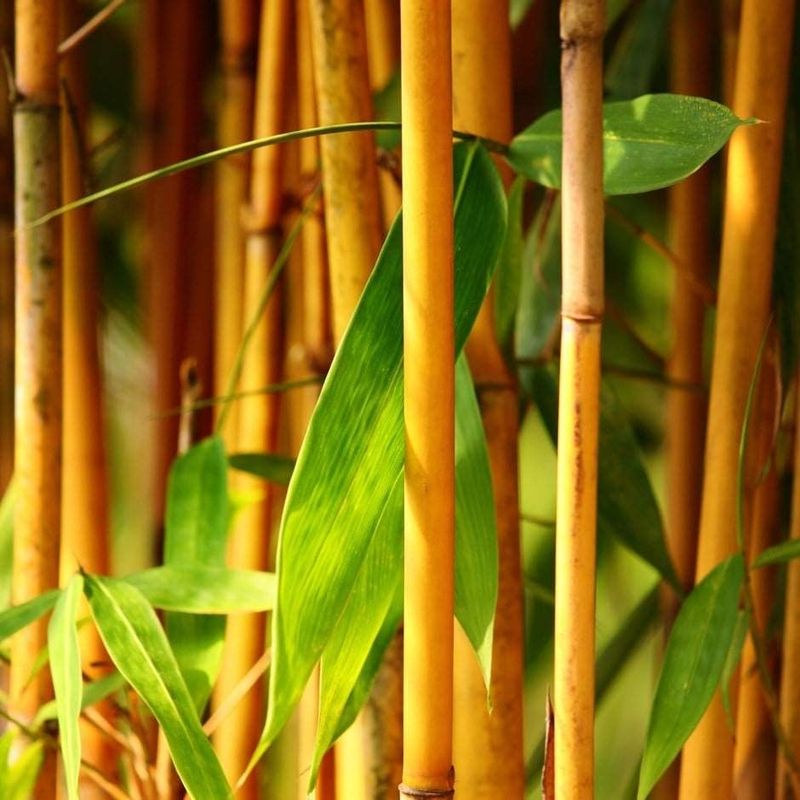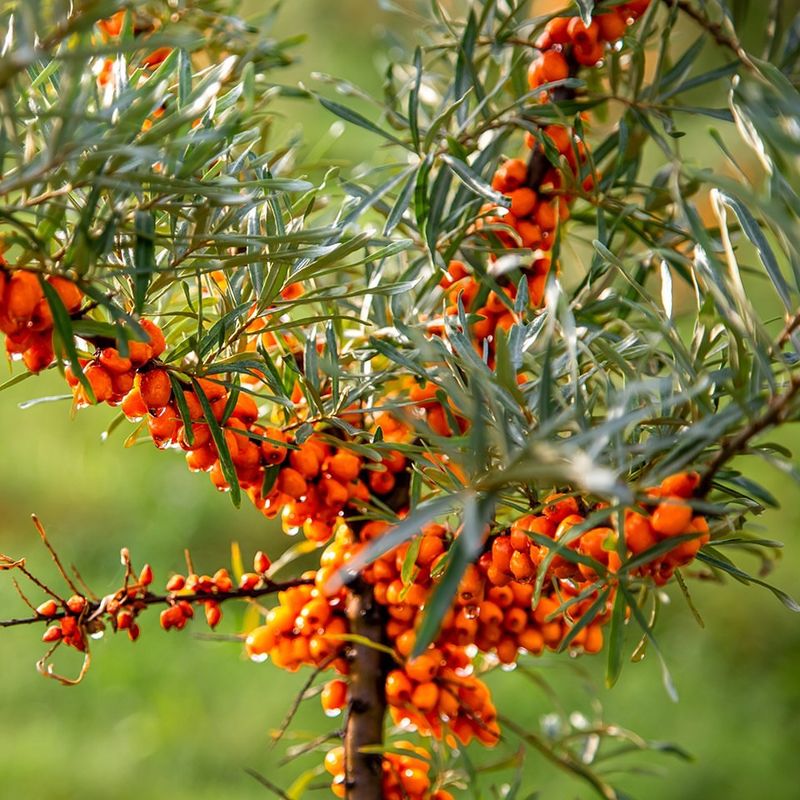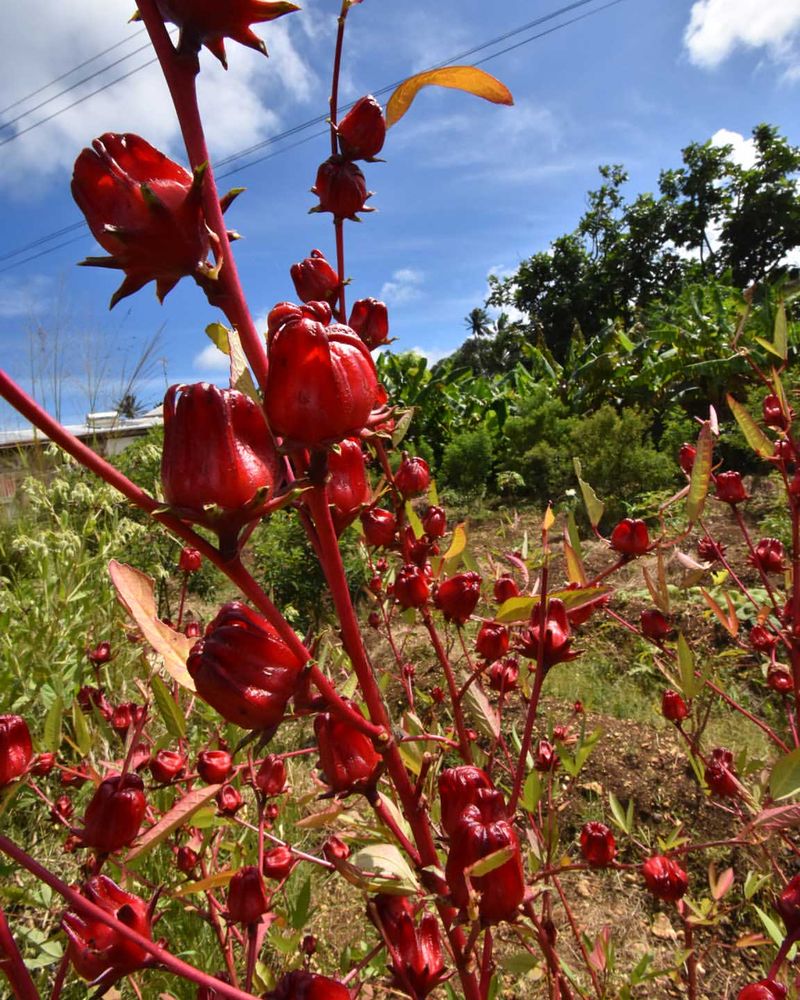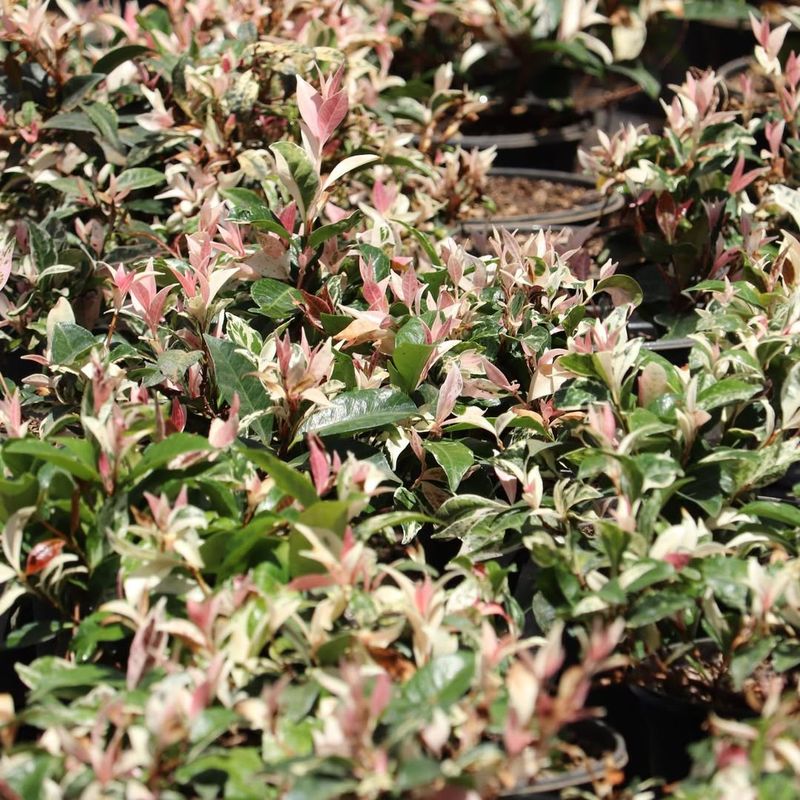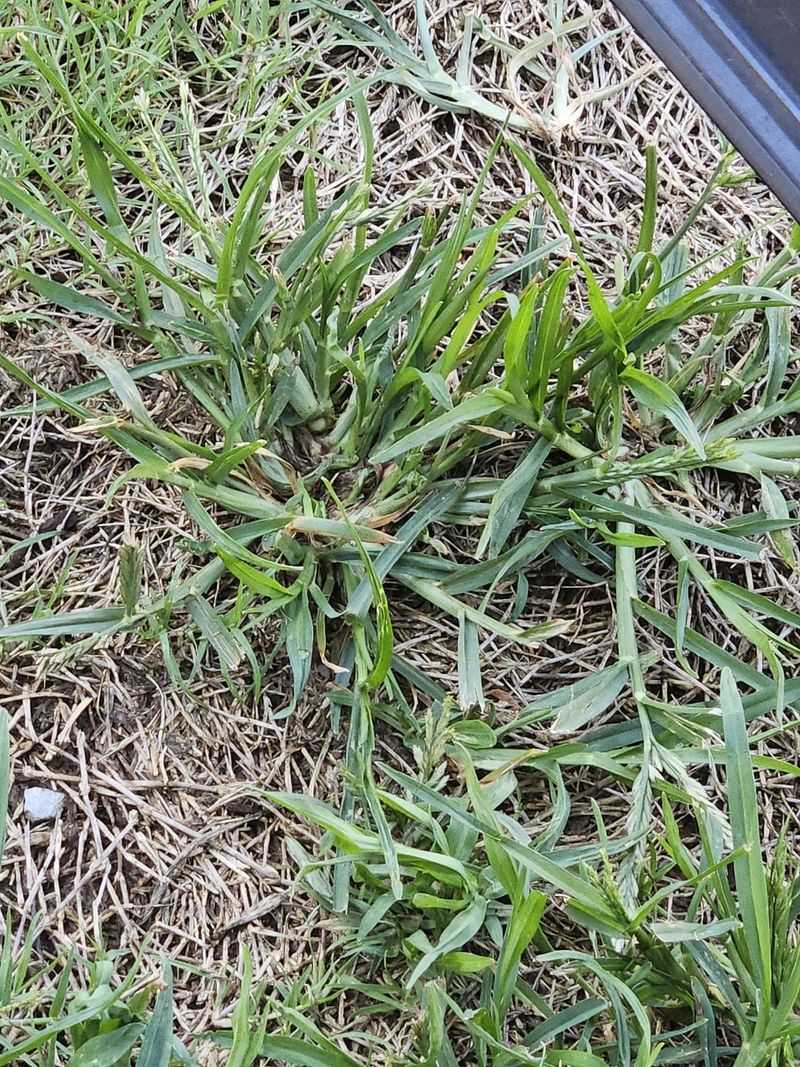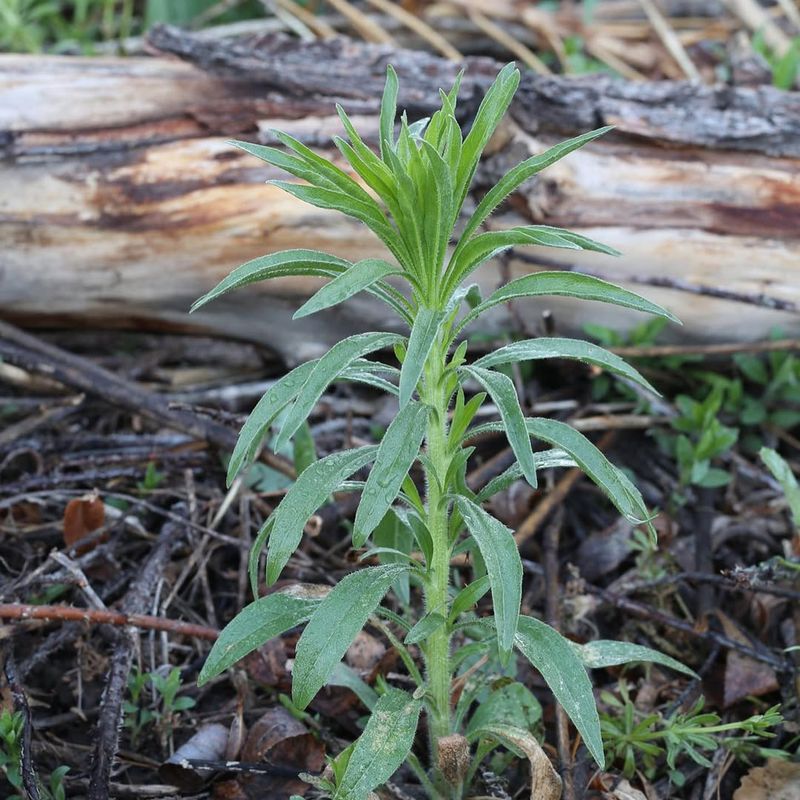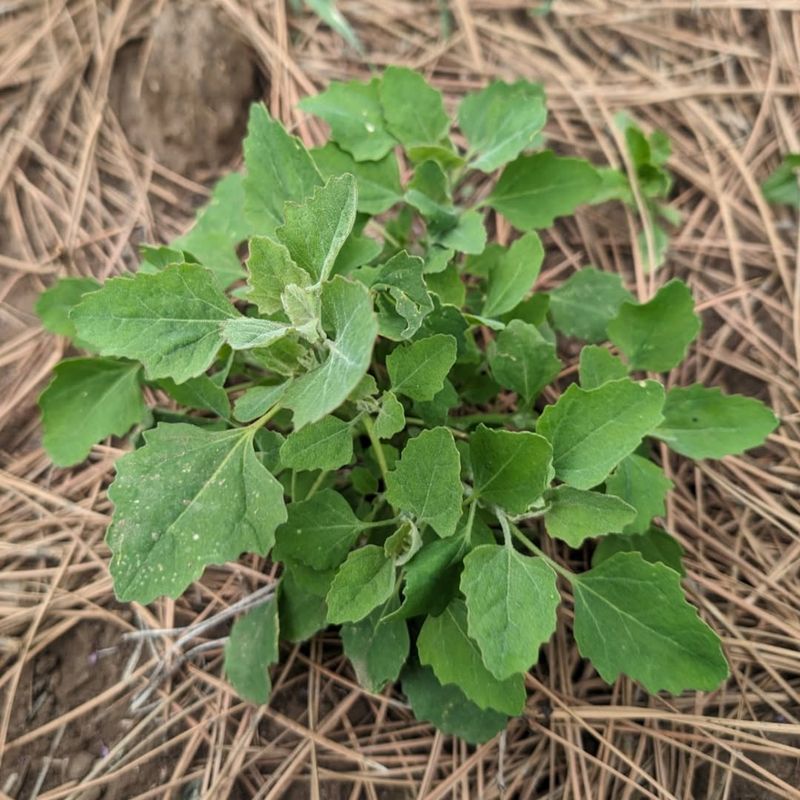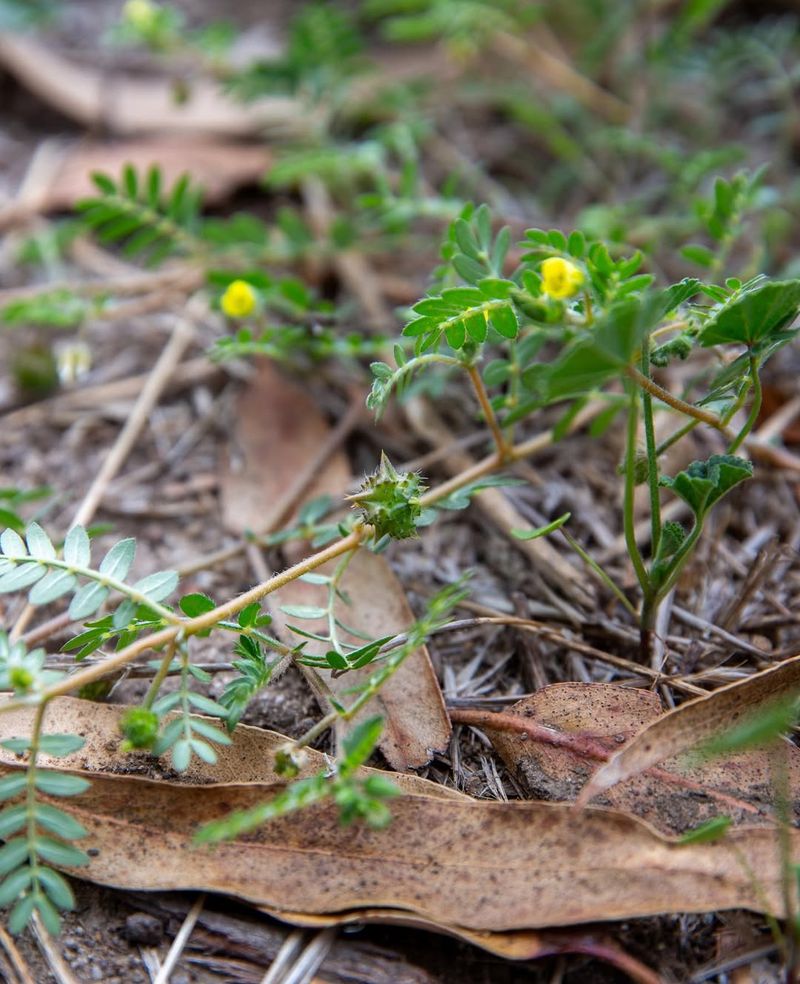Some plants seem innocent at first—until they start taking over your entire yard. They spread like wild, pop up in places you didn’t plant them, and just won’t quit. I’ve dealt with a few that turned my garden into a full-time job.
They’re stubborn, messy, and love to cause chaos. You pull them once, and they come back stronger. If your garden’s ever felt out of control, chances are one of these annoying plants is behind it.
1. Dandelion
Ah, the bright yellow invader of pristine lawns everywhere. Meet the dandelion, a plant that seems to appear overnight. While its cheerful blossoms signal spring, its fluffy seed heads ensure that it will be around for many seasons to come.
Dandelions are persistent, popping up in cracks and crevices you didn’t even know existed. To combat them, consistent weeding is key. A little humor goes a long way when dealing with these tenacious fellas.
2. Crabgrass
Those sneaky blades that blend a bit too well with your turf are crabgrass, a gardener’s nemesis. This opportunistic plant thrives in neglected corners, quickly taking over any patch of grass that’s not vigilant.
It’s the uninvited guest at your backyard party, spreading faster than the news of a new café opening. Keeping it at bay requires regular mowing and a bit of a watchful eye. It’s a battle, but a lawn free of crabgrass is worth the effort.
3. Bermudagrass
Ever tried pulling up a plant only to find it’s stronger than a superhero? That’s Bermudagrass for you. With its vigorous growth, it can quickly overrun flower beds and gardens.
Its tenacity is nothing short of impressive, making it a worthy adversary for any gardener. A combination of smothering techniques and patience can help keep this grass in check. It’s a game of patience with this invasive green carpet.
4. Poison Ivy
That plant you don’t want to brush up against during a stroll? Say hello to poison ivy. With its infamous ability to cause itchy rashes, it’s a plant that has evolved to be avoided. When you spot its three-leaved clusters, it’s best to steer clear.
Removing it requires protective clothing and a strategic plan. A little humor helps when dealing with this plant’s nasty surprises. Remember, leaves of three, let it be.
5. Bindweed
Imagine waking up to find your garden wrapped in vines. Welcome to the world of bindweed. This climbing plant is notorious for strangling the life out of other plants as it twines around them. With its charming white flowers, it can be deceptively attractive.
Eradicating it requires persistence and a firm hand. It’s like the clingy friend who just won’t take a hint. Cutting it down is only half the battle; preventing it from returning is the real challenge.
6. Thistle
Ever picked a fight with a plant and lost? Thistles are nature’s prickly defenders. With their spiky leaves and vibrant purple flowers, they’re as tough as they come. They can make gardening gloves a necessity even in the warmest weather.
Removal requires a good pair of gloves and a bit of determination. Like a porcupine of the plant world, their defenses are as sharp as their appearance. Persistence and careful handling are your best weapons.
7. Nettles
The plant that bites back! Nettles are renowned for their stinging hairs that leave an itchy rash upon contact. Although they play nice in soups and teas, encountering them unexpectedly is a different story.
Wearing long sleeves and gloves is wise when tackling these feisty plants. Nettles are a reminder that not all that grows in your garden is friendly. They might be useful, but you’d prefer they didn’t surprise you in the wild.
8. Kudzu
Ever heard of the vine that ate the South? Kudzu is legendary for its ability to cover anything in its path. Originating from Asia, this plant has taken quite a liking to the Southern United States, where it grows at an alarming rate.
Controlling it requires serious dedication and frequent trimming. It’s like the houseguest who overstays their welcome and redecorates your living room in the process. Keeping Kudzu in check involves a vigilant eye and a sharp pair of shears.
9. Japanese Knotweed
Meet the plant that can send shivers down the spine of any property owner. Japanese Knotweed is notorious for its rapid growth and deep root system that can damage foundations. Its bamboo-like appearance belies its invasive nature.
Once it takes hold, it’s incredibly difficult to remove without professional help. This plant is your garden’s equivalent of a horror movie villain. Keeping it away is crucial to prevent costly repairs and sleepless nights.
10. Ground Elder
This plant plays the long game, spreading through underground rhizomes. Ground Elder is often called the ‘Bishop’s Weed’ but without any saintly attributes. Its white flowers might seem innocent, but it’s a master of stealth and persistence.
Regular hoeing and digging can keep it at bay. It’s like the garden gnome that keeps moving spots overnight. The battle with ground elder is as much about endurance as it is about strategy.
11. Creeping Charlie
Here’s a plant that’s got creeping in its name for a reason. Creeping Charlie forms dense mats that choke out other plants. Its round, scalloped leaves create a carpet that’s hard to uproot.
This perennial weed is adept at surviving and spreading, much to the gardener’s dismay. Regular removal and a little elbow grease are required to keep it under control. It’s the uninvited guest that brings its own sleeping bag.
12. Ragweed
A nightmare for allergy sufferers, ragweed is the plant behind many a sneeze. Its pollen is infamous for causing hay fever, and it seems to thrive on neglect. With its unassuming appearance, it can blend into the background until it’s too late.
Controlling ragweed involves frequent mowing and possibly antihistamines for the gardener. It’s the plant version of that annoying summer cold that never quite goes away.
13. Lamb’s Quarters
A plant that looks dusty even when it’s just been watered, Lamb’s Quarters can become a weed in cultivated soils. Its leaves may be edible, but its rapid growth can overshadow garden plants.
It’s a master of disguise, blending in with your crops until it’s taken over. Regular weeding and a watchful eye can keep it from dominating the garden. It’s the party crasher of the plant world that just won’t leave.
14. Chickweed
This little number grows faster than your weekend plans. Chickweed loves cool, damp spots and can quickly cover bare soil with its small, star-shaped flowers. Despite its delicate appearance, it’s a prolific spreader.
Removing it requires diligence and regular attention. It’s the plant that’s always in a hurry, racing to spread its seeds before you notice. A little vigilance can go a long way in keeping chickweed in check.
15. Quackgrass
With roots that go deep and wide, quackgrass is the uninvited guest that refuses to leave. Its long blades and rapid growth make it a formidable garden weed. Its persistence is matched only by its ability to spread quietly.
Eradicating quackgrass requires patience and a strong back for repeated digging. It’s like the garden apprentice that’s always underfoot, learning too quickly for its own good.
16. Wild Violet
These charming little flowers can quickly turn into a gardener’s headache. Wild violets are notorious for spreading through underground rhizomes, making them tough to eliminate. Despite their pretty appearance, they can overrun lawns and gardens if not managed.
Regular weeding and a bit of persistence are keys to keeping them under control. They’re the garden’s equivalent of a surprise pop quiz, catching you off guard just when you think you’ve got everything under control.
17. Bristly Oxtongue
With a name as prickly as its leaves, bristly oxtongue is a tough customer. Its coarse leaves and bright yellow blooms can take over neglected garden spaces. It’s the kind of plant that likes to make itself at home whether you like it or not.
Controlling it requires regular attention and some elbow grease. It’s a bit like that overly enthusiastic neighbor who just won’t take a hint.
18. Creeping Buttercup
These lovely yellow flowers have a dark side. Creeping buttercup can quickly spread through lawns and gardens, thanks to its creeping stolons. Its cheerful blossoms belied by its invasive nature.
Removing it involves digging, pulling, and maybe a little cursing. It’s the unassuming garden guest with a wild side, ready to outstay its welcome.
19. Wild Garlic
The scent gives it away before you see it. Wild garlic can pop up in the most unexpected places, and its bulbous nature allows it to spread quickly. Known for its culinary uses, in the garden, it’s more of a rogue ingredient.
Regular digging and a keen nose can help keep it under control. It’s the sneaky chef of the plant world, popping up where you least expect it.
20. Yellow Nutsedge
Although it resembles grass, yellow nutsedge is a different beast altogether. With its triangular stems and rapid growth, it can outcompete your lawn if left unchecked. It’s one of those plants that thrive in the wet, giving it an edge over your carefully curated grass.
Regular monitoring and removal can help keep it from taking over. It’s the sneaky cousin of the grass family that’s always vying for attention.
21. Horsetail
Looking like something out of a prehistoric landscape, horsetail is a survivor. Its segmented stems can spread rapidly, especially in damp soils. This ancient plant is tough to manage, with roots that can reach surprising depths.
Keeping it under control requires determination and regular pruning. It’s the dinosaur of the plant world, refusing to go extinct in your garden.
22. Garlic Mustard
Despite its culinary-sounding name, garlic mustard is more at home invading woodlands than seasoning dishes. It can quickly overrun a garden, displacing native plants.
Controlling it involves timely removal before it seeds. It’s the culinary artist gone rogue, painting your garden with a green brush whether you like it or not.
23. Giant Hogweed
Size matters, and this plant knows it. Giant hogweed can reach impressive heights, overshadowing other plants and even posing a health risk with its sap.
Its towering presence is enough to make any gardener pause. Removing it requires caution, as its sap can cause burns. It’s the garden’s equivalent of a bouncer who doesn’t know their own strength.
24. Bamboo
Bamboo may look serene, but it’s a fast-growing invader that can quickly dominate a yard. Its rhizomes spread underground, making it tough to contain.
While it provides a lovely backdrop, managing its growth requires vigilance and sturdy barriers. It’s the zen master of speed, growing faster than you can say ‘meditation retreat’.
25. Buckthorn
With its glossy leaves and dark berries, buckthorn is a deceptive invader. It can quickly take over woodlands, crowding out native species.
Controlling buckthorn requires persistence and a keen eye. It’s the garden’s version of a smooth-talking salesman, slyly making room for itself while you’re not looking.
26. Jewelweed
Despite its pretty flowers, jewelweed is more than just a feast for the eyes. It thrives in moist areas and can quickly spread through seed dispersal.
Managing it involves regular monitoring and removal. It’s the flamboyant artist of the plant world, painting the garden with its vibrant hues and spreading its canvas far and wide.
27. Sorrel
With its tangy taste and arrow-shaped leaves, sorrel is both a culinary delight and a persistent garden weed. It spreads through seeds and rhizomes, making it a tough competitor for garden space.
Containing sorrel requires regular weeding and a keen eye. It’s the saucy sidekick in the garden, always ready to push its way into the main plot.
28. Chameleon Plant
As colorful as it is invasive, the chameleon plant can quickly take over garden spaces with its vibrant foliage. Its ability to spread through runners makes it a challenge to keep in check.
Removing it requires persistence and a bit of strategy. It’s the peacock of the plant world, flaunting its colors while secretly edging out its neighbors.
29. Purple Deadnettle
Its name might sound sinister, but purple deadnettle is more of a nuisance than a threat. This fast-growing plant can cover large areas in no time, crowding out other species.
Controlling it involves regular mowing and a bit of elbow grease. It’s the mischievous teenager of the plant realm, always ready to cause a little chaos in the garden.
30. Goosegrass
Goosegrass is the stubborn sibling of the plant family, always sticking around longer than you’d like. Its wiry stems are tough to eliminate, making it a persistent weed in gardens and lawns.
Regular mowing and swift action can help keep it from taking over. It’s like that old pair of sneakers that just won’t wear out, always there underfoot.
31. Horseweed
Standing tall and proud, horseweed can quickly turn a tidy garden into a wild landscape. With its rapid growth and prolific seed production, controlling horseweed is a constant battle.
Regular monitoring and removal before it seeds are crucial. It’s the garden’s cowboy, always ready to ride into town and take over at a moment’s notice.
32. Spotted Spurge
This low-growing plant can quickly form dense mats, making it a tough competitor in the garden. Spotted spurge is known for its red-tinged leaves and tiny flowers.
Regular removal and a bit of perseverance can help keep it from taking over. It’s the clever strategist of the plant world, quietly plotting its takeover while you’re busy elsewhere.
33. Puncturevine
Beware the thorny menace! Puncturevine is known for its spiny seed pods that can puncture tires and shoes alike. Its low-growing nature makes it a tricky adversary.
Controlling it involves regular monitoring and removal before it seeds. It’s the prickly prankster of the plant world, always ready to cause a little havoc.

